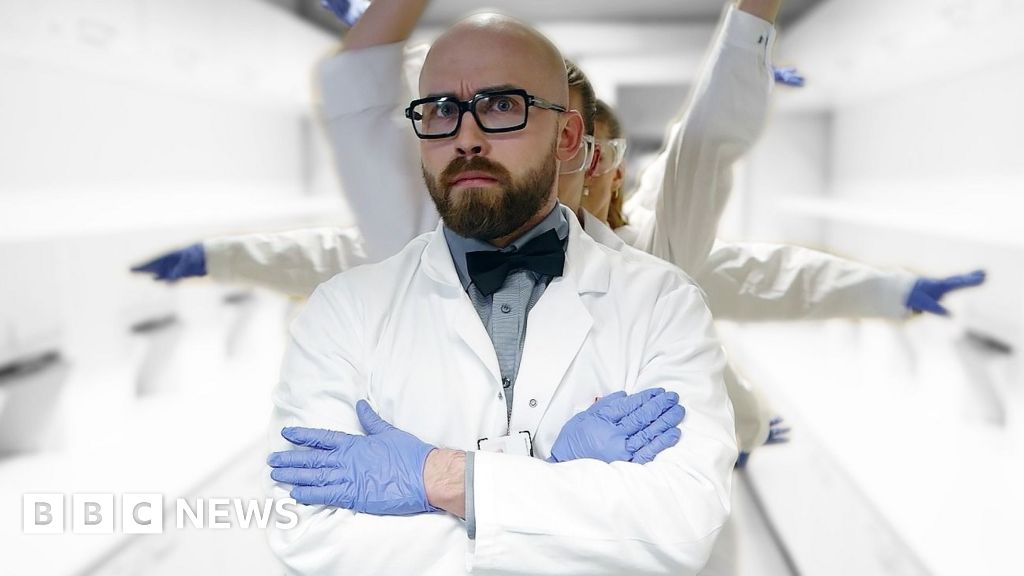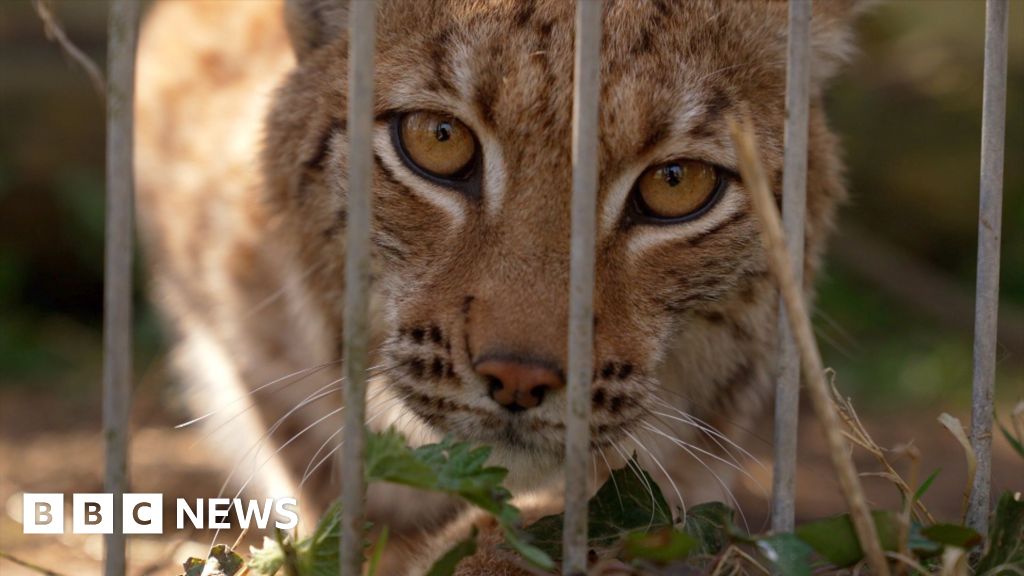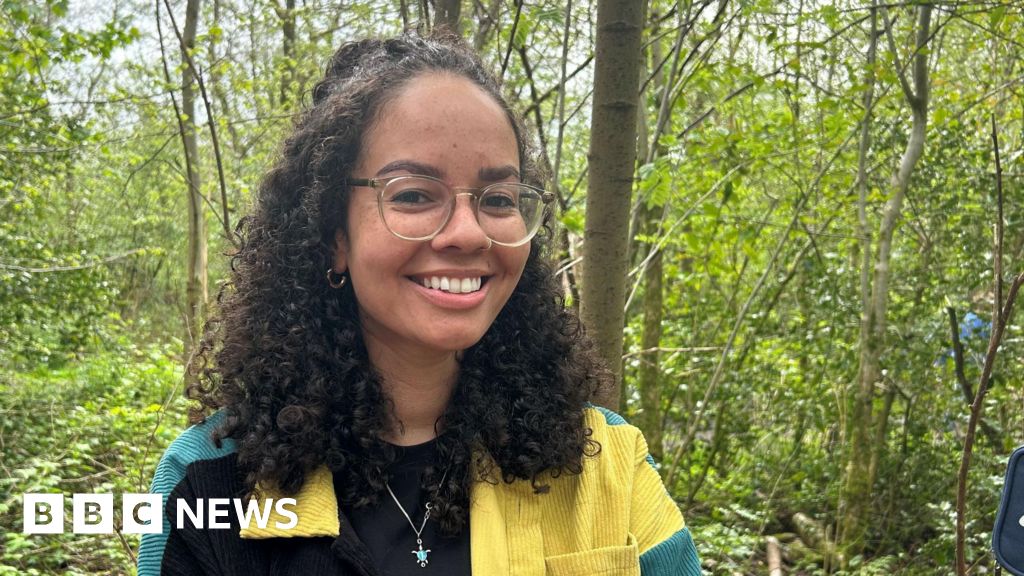ARTICLE AD BOX
By Nathan Gower
BBC Radio 4’s More or Less
Just over four centuries ago, the ship The Mayflower sailed from Plymouth in the UK to the shores of America, carrying with it a group of travellers who would go down in history. For some, these 17th Century "pilgrim fathers" are also real-life ancestors. But for how many?
There are a few estimates out there, all of them quite high. According to the General Society of Mayflower Descendants, there are "35 million Mayflower descendants in the world".
And while many Americans are proud to be recent arrivals or second-generation immigrants, making the nation a unique blend of cultures, for others there's an incentive to claim ancestry to these early European arrivals.
Dr Lauren Working, an American historian at the University of Oxford, believes there's an almost aristocratic prestige attached to tracing your family back to the Mayflower.
"It continues to give people a sense of the authority of shared connections with the past. There are so many jokes about America being so young and not really having much of a history.
"And so I think that the Mayflower is something that people can kind of latch on to to give themselves a sense of grounding rather than everyone seeing themselves as migrants or as refugees, as travellers.'
So can the 35 million number really be true? Or might it be inflated by some wishful thinking?
The figure seems high, especially when you look at some of the numbers.
There were 102 passengers and around 30 crew that set sail on the Mayflower in September 1620 - some of them were fleeing religious persecution in England, but others were travelling to America to set up new commercial ventures.
Many of the travellers were family groups or couples. In fact, three children were born on the voyage itself. One person was swept overboard.
Find out more
The journey was exhausting, lasting almost 10 weeks at sea. When they reached America in November, they founded a colony called Plymouth - so significant was this moment that Plymouth Rock, the piece of stone that the passengers supposedly first stepped on to, has been preserved and displayed.
But from the moment they first stepped on shore, the passengers faced terrible conditions, says historian Misha Ewen. "The ground was icy and hard, making it difficult for them to plant any of their own food, which meant that they had to resort to searching through local settlements and actually pillaging food from Native Americans."
image sourceGetty Images
image captionA statue of Massasoit Sachem, the leader of the Wampanoag, overlooks Plymouth Harbor in MassachusettsThe settlers were also stricken by illness, and by the end of that first winter only 53 of them survived, including just five adult women.
So could so many descendants today come from so few survivors?
Rob Eastaway is a British mathematician and author with his own connection to the Mayflower; his wife is descended from a Mayflower passenger, the merchant Richard Warren.
"Richard Warren had seven children, all of whom survived to adulthood, which was unusual because of the sickness and illness in the first winter," he says.
"But he got away with this because he left his children behind. He went on his own and only brought his family over a couple of years later. And all of those children went on to have children themselves. And they produced 57 grandchildren for Richard Warren."
Who were the Mayflower passengers?
- 102 passengers and about 30 crew set sail from Plymouth in the UK in 1620
- 37 were English "pilgrims" who came via the Netherlands, seeking freedom from religious persecution. The other passengers were seeking new trading and commercial ventures. They landed in present day Massachusetts, founding a colony that they called Plymouth
- Only 53 of the Mayflower voyagers survived the first winter in America
- In autumn 1621, the colonists celebrated the successful harvest by sharing a feast with some of the local Native Americans that they had established relations with. This was the first "Thanksgiving" feast, now one of the biggest US national holidays.
- But war later followed in the 1660s, as thousands of Native Americans were killed or sold into slavery or indentured servitude by English colonists
- The Mayflower pilgrims weren't the first English settlers - Jamestown in Virginia was founded 13 years before
Eastaway says that even if we factor in high childhood mortality rates of the time, we might expect the latest generation of descendants to be around two million - from Richard Warren alone.
And when you consider both that more than one generation is alive at any one time and that there were another 21 families from the Mayflower with descendants, then perhaps 35 million seems like a plausible figure.
But there's a problem with this calculation. Rob says those initial calculations are based on one huge assumption - that each marriage of a Mayflower descendant was to someone who was not themselves a Mayflower descendant.
image sourceGetty Images
image captionMany depictions of the first Thanksgiving meal emphasise the role of Native Americans"So if we keep the numbers simple, if every Mayflower person marries a non-Mayflower person and has two children, then the number of descendants in the next generation has doubled and it's going to keep on doubling as long as you marry and have children outside the descendant group."
But if a Mayflower person marries another Mayflower person and has two children, then the two descendants are simply replacing the two parents and there's no increase at all, he adds. "And that has a dramatic effect."
This phenomenon is known as "pedigree collapse", and it was a big factor in the early years of Mayflower settlement. Of the 27 marriages that produced children in the founding Mayflower generation, 16 of them were between Mayflower passengers or their descendants. But more ships did arrive bringing new, non-Mayflower people, meaning that the number of descendants expanded significantly.
Nevertheless, pedigree collapse was definitely a factor, as Rob Eastaway's family knows well. "My father-in-law discovered that their family is descended from Richard Warren. But not only that, they think that probably my wife and children are also descended from John Howland. So there's even an example of potential pedigree collapse in my own family."
So what might the real numbers look like?
Well, these are always going to be ballpark figures. But using his two million descendant calculation for Richard Warren, Rob makes a rough estimate that the highest possible number of descendants for all 22 Mayflower families would be around 30 million.
But once you factor in the clear evidence of pedigree collapse, Rob estimates that the the actual number of descendants will be around a tenth of that - three million.
But even if the true numbers are significantly lower than those that are often quoted, it seems unlikely that it would dent the power of the Mayflower story in American culture and society.
As Dr Lauren Working says, "There's something about Plymouth Rock, the firmness of it, the kind of idea of the Protestant Faith as the kind of foundation to a society that's really picked up on and that endures."

 3 years ago
235
3 years ago
235








 English (US) ·
English (US) ·